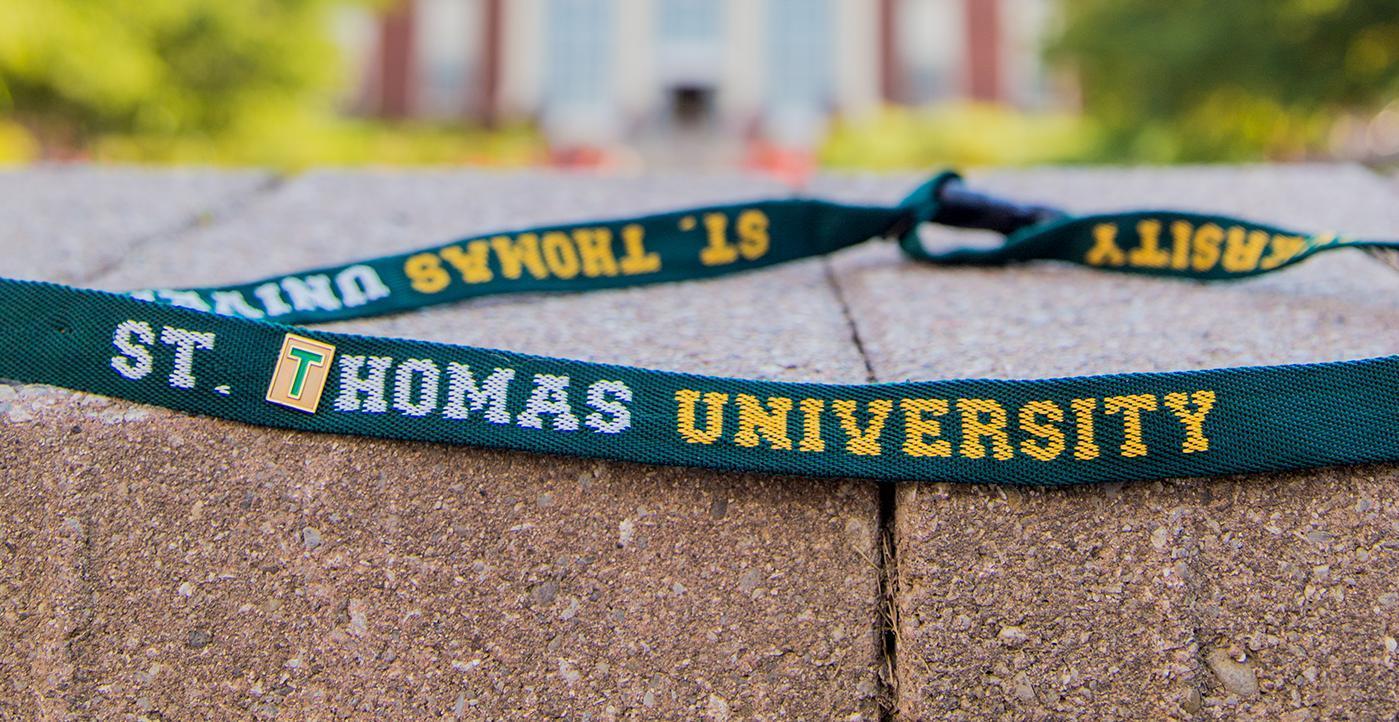Registration FAQ
When should I register for my courses?
Early Registration opens first to students with the highest number of ‘potential credit hours’. Your total number of ‘potential credit hours’ is calculated by adding your completed credit hours with the credit hours in which you are currently enrolled. This would not include Intersession or Summer Session courses.
You should register as soon as you are eligible to increase your chances of getting your preferred courses. Course registration is on a first come, first served basis and many courses do fill up. Note that you are strongly advised to register for both semester one and semester two courses at this time.
Early Course Registration Schedule 2025
- Friday, March 21 at 8:00 am
All students with 84 or more potential credit hours - Monday, March 24 at 8:00 am
All students with 48 or more potential credit hours - Tuesday, March 25 at 8:00 am
All remaining current students - Tuesday, April 15 (time TBD)
First-year students
Where can I find specific course/major requirements for the various academic disciplines?
The Academic Calendar is the place to go to check for the minor/major/honours requirements for all disciplines and programs. You would typically use the Calendar of the year you started your studies at STU.
When and how do I declare a major?
Students going into third year in the 2025-26 academic year will need to declare their major by September 2025. If you are already sure what your major will be, you can email registrarsoffice@stu.ca any time with your declaration.
If you are student going into second year, you are likely thinking about the subject(s) in which you might like to major. You are not yet required to declare, but you are encouraged to explore the Academic Calendar to learn more about the requirements for your area(s) of interest.
Where can I find the A, B, C & D group distribution requirements?
In the Academic Calendar under “Section Two,” you can read through the Bachelor of Arts degree requirements. If you go to the bottom of that section you will see all of the categories, how many credit hours you need, and what the courses are in each.
What if a course I want to take is full?
First, check to see if there is another section of the course offered at a different time or in the other term. If you are not able to find a seat in another section, you should watch the course in STU Self Service to see if a spot opens up before the term begins.
If a course I want to take is full, can I be added to a waitlist?
We do not run formal wait lists; however, we encourage you to watch the course you wish to take throughout the spring/summer period. If you are diligent about watching courses, you can often get the spot you were looking for.
Is there a registration deadline? Can I make changes to my schedule after classes begin?
You should register as soon as you are eligible to increase your chances of getting your preferred courses, but you will be able to make changes to your course schedule up until the last day to add courses and the last day to drop courses without academic penalty. These dates will be included in the Dates and Deadlines for the academic year.
How do I know if I need a prerequisite for a course?
If you try to register in an open course, but get rejected, it might be because you have not completed a course that is required before you can register in that course (a prerequisite). If a course has any prerequisites, they would be listed in the course description on STU Self Service.
There are also courses that may require professor permission in order to register. In these instances, you would contact the professor directly and have them send their written permission to the Registrar’s Office (registrarsoffice@stu.ca).
If you are a transfer student and your prerequisites are not being recognized in your transfer credits or you are having issues registering in eligible courses, you will need to reach out to Academic Advising (advising@stu.ca) for assistance with your registration.
When I look at my transcript and I see “CIP” what does that mean?
This means “course in progress.” In the case of full-year courses, it is a place holder in the first semester because the course continues and the grade/credits are assigned in the second semester.
What does it mean to have an “INC” beside one of my courses?
This generally means the professor is waiting for something from you to assign the final grade. It means “incomplete.”
What is a cross-listed course?
A cross-listed course means it can count in two (possibly more) departments. So, you can count it when you are adding up the 36 credits for a major in one department and count it in the 36 credits for a different department major or minor. The course is still only 3 credits toward the 120 required for your degree.
A good example is the course GERO-2273 Death and Dying / RELG-2273 Death and Dying. It is taught in both Gerontology and Religious Studies; however, regardless of which department in which you took the course, it could count toward credits for the other.
